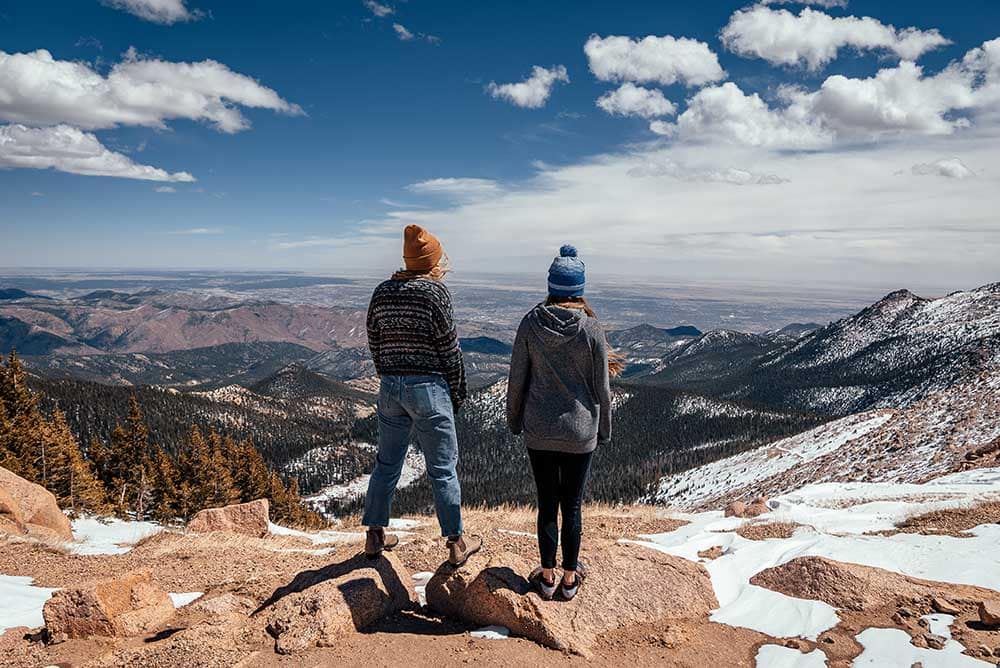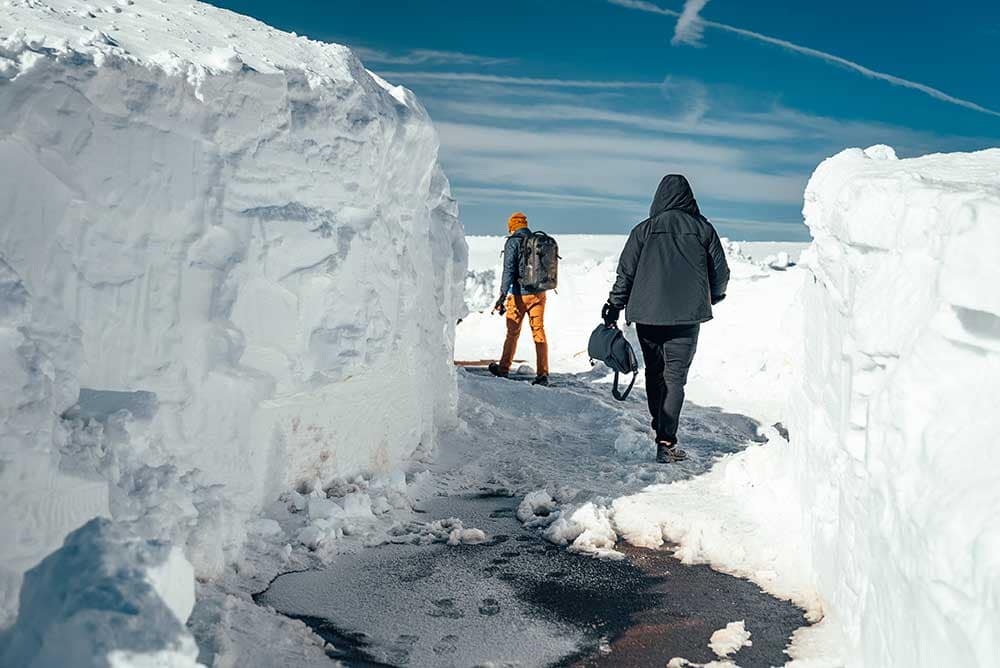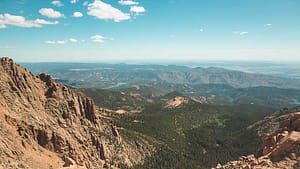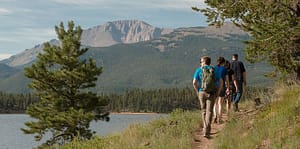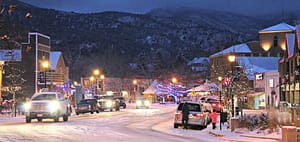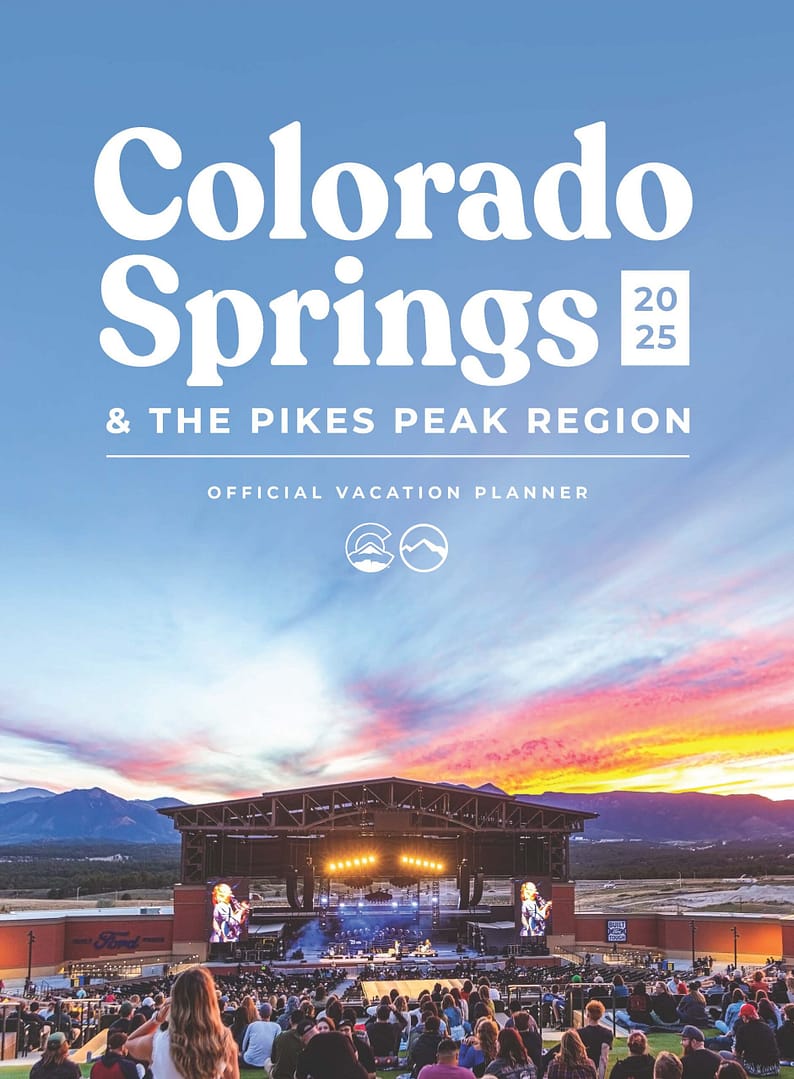Zebulon Pike Failed But You Won’t if Your Follow These Pikes Peak Tips
It’s an amusing and well-known fact that the massive mountain we currently refer to as Pikes Peak was never actually summitted by her namesake, one Zebulon Pike. Zeb Pike was one heck of an explorer for the United States in the early 1800s, canvassing the south and southwest under the orders of General James Wilkinson. It was during his second expedition (to find the source of Red River and the Arkansas River) that he found himself wandering around the base of our famous fourteener in the middle of winter … with a hankering for a hike.
On a brisk day in November, Pike and his friends set off to ascend the peak with no planning, bad clothing and few supplies. Did we mention they were already suffering from hunger before they even began? The story goes that Zeb and company got a fair bit of terrain under their belt before being humbled by a massive storm that buried the poorly dressed, practically starving group in several feet of snow. They made it back alive, but barely.
The mistakes of Pike have been repeated throughout the years that followed. Many a traveler has attempted to climb the peak and made the same mistakes as Zeb. Even the most seasoned mountaineers have found themselves caught out, believing the easier terrain somehow also translated into good weather or perfect trails. We’re here to save you from that treachery with five ways to avoid pulling a Zeb on your first ascent.
1. Know Your Limits: Do You Have the Endurance to Hike the Peak?
While Pikes Peak is classified as an “easy” fourteener, it is important to remember the fourteener part of that designation. Fighting a smaller bear is still fighting a bear, after all. So, let’s start with a breakdown of where you should measure your endurance in anticipation of summiting Pikes Peak.
- Can you walk up to 13.5 miles? How about 27? The climb up Barr Trail is 13.5 miles. If you have not arranged for a ride, that’s 13.5 miles back down the hill. And about that downhill …
- Can your knees handle a 13.5 mile trek in either direction?
- Can you navigate steep terrain, climb boulders and maneuver over and under fallen trees?
- How does your body perform at altitude with limited oxygen while exercising?
You don’t have to be in perfect shape to hike the peak, but you do need to have the stamina to get to the top.
2. Watch the Weather on Pikes Peak
If there is one lesson you can learn from Zebulon Pike, it’s that timing matters. He made the rather silly decision to attempt to summit the mountain in November of all months. Hence the famous “waist-deep snow” that made him deem the mountain impossible to summit. In the case of Colorado’s wild weather today, timing can mean the difference between a successful summit and a ride home with Search and Rescue.
The first step in beating the weather is to attempt your ascent in the summer months. We recommend late in the summer, such as July or August, so you can reduce the chance of encountering a blizzard. Yes, there are blizzards on Pikes Peak even in the summer. You absolutely want to avoid winter hikes to the summit unless you are an experienced mountaineer with winter survival gear.
The next step in beating the weather to the punch is to head out on your hike as early in the day as possible. It can take 6+ hours to reach the summit via the Barr Trail route, more if you are a slower hiker or need to pause and rest often. Mountain storms usually get feisty in the afternoons, so the earlier you hike, the better your chance of reaching the top before Mother Nature adds a lightning round to your adventure. You can arrange for a ride if you’re worried about making it back down in bad weather. We highly suggest you have a backup plan that includes this possibility.
Let’s not forget that heat can be as dangerous as cold, especially when you’re exerting yourself more than usual. You will eventually reach chillier areas of the mountain, but not before a rather robust hike in lower, hotter elevations. If there are heat advisories or the weather is climbing toward triple digits, go find a cooler place to play.
Last, if you see a bad weather forecast, don’t take your chances. While it might be the only chance you have, you don’t want it to be a dangerous, miserable experience. Remember, some people spend tens of thousands of dollars and months at basecamp for a chance to climb Mount Everest only to miss the window because of a storm. Pikes Peak isn’t going anywhere; you will get your day to shine (and you won’t lose $50,000).
3. Dress for the Hike You Want
A hike up Pikes Peak can feel like you’re transitioning through all four seasons in a single hike. You may begin in the low 80s (although you probably shouldn’t) and bottom out in the high 30s. That’s a 50-degree swing! Pike’s crew of hapless hikers never did account for that swing when they set out to reach the top. That’s how they found themselves flailing in waist-deep snow clad in crummy shoes and lightweight trousers.
The answer to the shifty weather conundrum is layers. Lots of layers. Since you will be starting where it is hot, you want to pack clothes you can add on as you ascend. Pants or leggings, long-sleeved shirts and a jacket or windbreaker can up your comfort level when the colder elevations begin to beat the heat generated from your workout. A warm hat and gloves are not overkill. You’ll probably be very glad to have them on the summit when the sweat cools and the wind picks up.
In addition to your layers, you should also wear comfortable shoes that protect your feet. This is not the time for flip-flops. A good pair of socks can make your trek even more bearable. Natural fibers like wool work best and an extra pair in your pack can feel magical if your feet sweat and swell.
4. Protect Yourself from the Sun
The high altitude sunshine is not a force with which you should trifle. You can get a rather brutal sunburn and not even know it until it begins to hurt. Coat yourself in sunscreen and bring more for reapplication along the hike. It’s a good idea to wear sunscreen even if you don’t typically wear it. There’s a different kind of burn that hits you when you reach 10,000 feet.
A hat is also a good idea. It helps shade your face, protects your head from the beating rays of the sun and makes you look cool (very important). Sunglasses are a personal choice, but they will protect the skin around your eyes and help you avoid blinding yourself in snowy areas.
5. Water and Snacks: Bring Them
There are no water fountains or gas stations on Pikes Peak. When Zeb Pike and his crew finally ditched their attempt and made their way back home, the group had not eaten for two days. Imagine how tough it must have been to find yourself in the midst of a freezing endurance test with no fuel to support your body. If you don’t want to end up like the Pike expedition, heed this fact: Water is life.
You need to bring enough water to keep you hydrated for the entire hike. You can bring all your water with you or you can rely on a combination of stored water and water filters to get you to the top. A filter can really save your butt if your water backpack springs a leak or your water bottle falls off a cliff.
The reason we keep harping on filtration is that mountain streams can harbor bacteria and parasites that can make you very sick. Make sure you purchase a filter that will actually protect you from getting sick.
Access to water you can filter or treat can be limited. Barr Camp’s website notes access to water you can treat at No Name Creek, about three miles into your hike, another creek about one mile outside of Barr Camp and Barr Camp itself. That covers the first half of the trip (provided all water is running like normal). The second half can be sparse, so make sure you’re filled up for the last six miles of the climb.
Snacks are also important. Bring foods that offer a lot of nutrition in a little package so you can pack a little extra. Protein bars, granola, dried fruits and jerky all offer fuel in a lightweight form. If you pack a few more items than you need, you’ll have food if something goes wrong.
There you have it. Five ways to avoid the fate of Zebulon Pike and the countless hikers that followed him to near-disaster. Be vigilant, be smart and don’t forget to have fun. See you on the summit!
